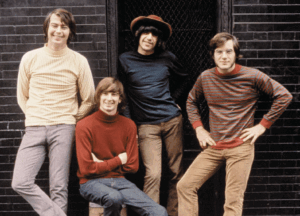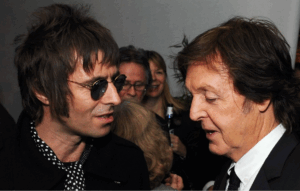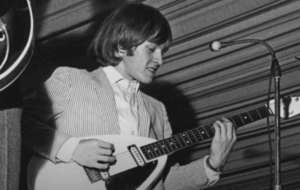8 Puzzle Toys from the 60s and 70s That We Haven’t Solved Today

via Too Many Handhelds / YouTube
Puzzle toys from past decades challenged our minds and sparked creativity. These classic toys offered unique ways to learn and play. Today, many of these puzzles still fascinate collectors and enthusiasts, even if most of us have never solved them. Here are eight true examples from the 60s and 70s.
1. Spirograph
Spirograph is a drawing toy from the 1960s that uses plastic gears and rings to create curves called hypotrochoids and epitrochoids. It allows users to produce intricate geometric patterns with simple tools.
The toy encouraged creativity and introduced many to basic math ideas. It remains a collectible and educational tool that still inspires artistic designs today.
2. Tangle
Tangle is a twistable puzzle toy invented in the 1970s that challenges users to rearrange interconnected pieces into different shapes. Its design is simple yet engaging, often leaving solvers puzzled by the many configurations.
The toy continues to entertain both children and adults. It has remained a popular brain teaser over time and provides hours of hands-on fun.
3. Soma Cube
Soma Cube is a dissection puzzle invented by Piet Hein in the 1970s. It consists of seven pieces made of unit cubes that form a 3×3 cube. The toy boosts spatial thinking and problem-solving skills.
Many enjoy its challenge and variety. It remains a classic puzzle in both schools and homes, serving as a tool for learning through play.
4. Puzzling Polyominoes
Polyomino puzzles involve arranging square pieces into defined shapes. They require planning and spatial reasoning, challenging the mind with various layouts.
Solvers work with different pieces to fill a set area with no gaps. Many enjoy the logical steps and clear solutions these puzzles offer, making them a favored brain exercise.
5. Think-a-Dot
Think-a-Dot is a puzzle from the 1960s that uses disks which move with gravity. It requires turning a dial to set disks and watching them flip to reveal patterns.
This toy tests the mind with physics and logic. It was popular with children and remains a fun piece of puzzle history.
6. Merlin
Merlin is an early electronic game from the 1970s. Its puzzles and memory tests pushed players to think fast. The game used basic graphics and sound to test skills.
Parts of Merlin combined strategy with quick reactions. Its puzzles offered tasks and provided a new challenge in early digital gaming.
7. Quiz Whiz
Quiz Whiz is a 1970s electronic puzzle toy that tested players with trivia and problem-solving questions on a small screen. It spurred quick thinking in a fun format.
Users enjoyed its mix of facts and puzzles. The toy engaged users with a blend of questions, serving as a simple way to train the mind.
8. Instant Insanity
Instant Insanity is a puzzle that uses four cubes with colors on each side. The challenge is to stack the cubes so that vertical face shows all four colors, without repeats.
It requires careful planning and spatial skills. Many puzzle fans regard it as a test of logic and creativity, making it a prized challenge among classic puzzles.


























